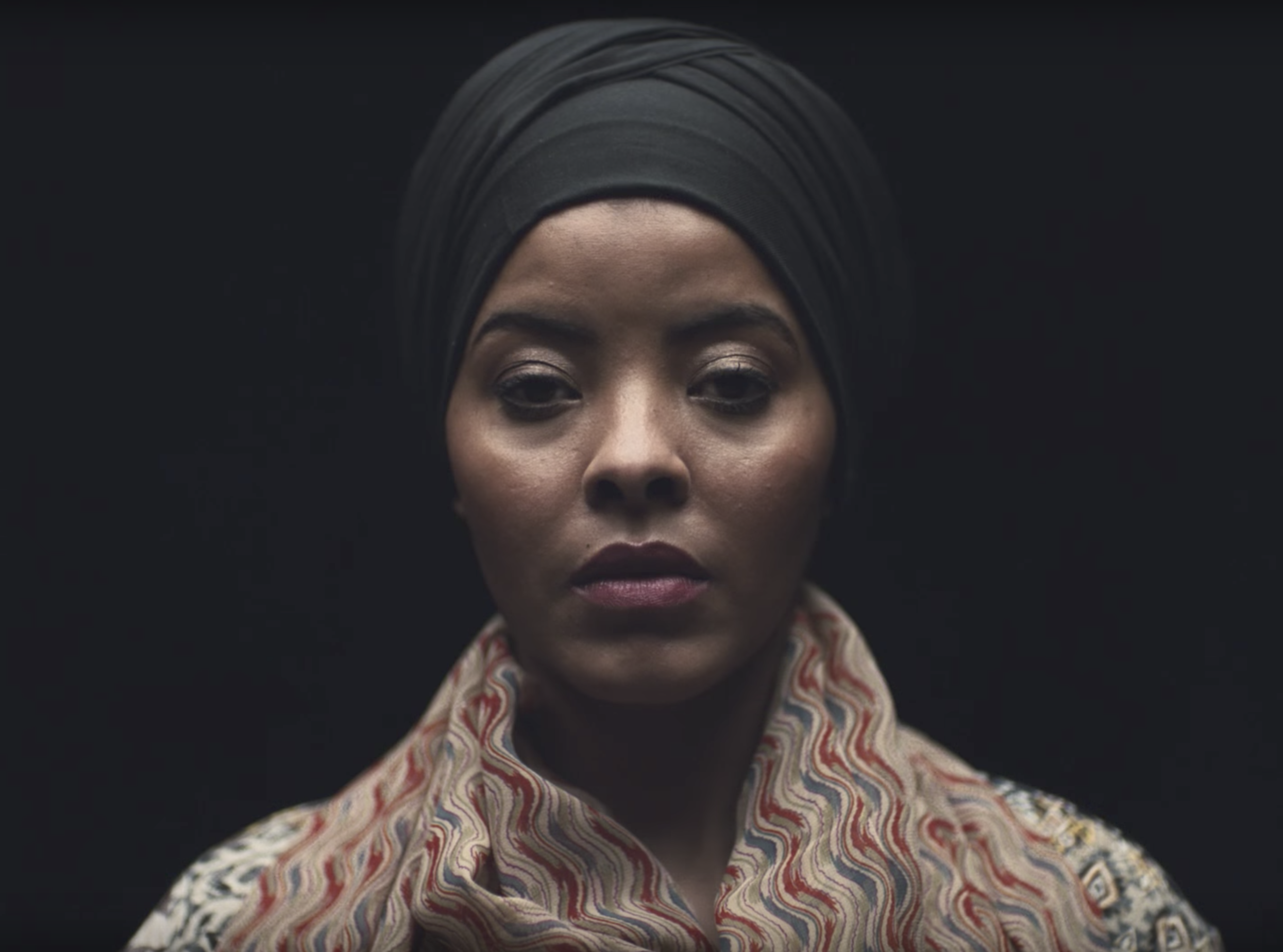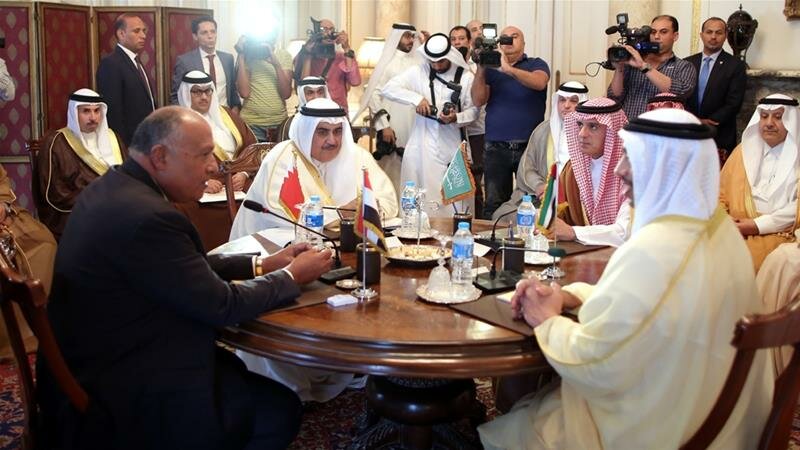Mark Zdechlik
Health care and religious leaders are working in tandem to control Minnesota’s measles outbreak, which has stricken the state’s majority-Muslim Somali community.
With another three weeks of Ramadan and its numerous gatherings and prayers yet to come, officials face the challenge of getting through the holy month without the highly contagious disease spreading further.
Some religious leaders have put a sharp point on their effort to protect their followers’ health, said Elham Ashkar, who works on community outreach for Children’s Minnesota.
“One of the imams, and I’m paraphrasing, he said, ‘If you don’t immunize, it’s like killing the Muslim children.’ I think that’s such strong messaging,” Ashkar said.
There were 73 cases in the outbreak as of Friday afternoon, the most recent count available at publication time.
Minnesota has now had more measles cases in the past two months than the entire country had all last year.
After several days without any new cases and speculation the outbreak may have run its course, additional cases were reported last week. Even if there are no new cases, it would be well into July before health officials could conclude the outbreak has ended.
The clear majority of measles cases have been in Somali-American children in Hennepin County. False information suggesting the measles vaccine causes autism spread among the Somali community, driving down immunization rates.
Imams, in their position of power, can spread the word that vaccination is in the community’s interest.
“They are a person who can take scripture, Islamic principles and can also relate that back to how people make health decisions,” said Ashkar.
Only about four in 10 Somali 2-year-olds were vaccinated before this outbreak, the health department says.
But since this outbreak, hundreds of Somali-Americans have been getting vaccinated each week, said Kris Ehresmann, the state Department of Health infectious disease director.
That should leave the community better protected against future outbreaks when this one is over, she said.
Most of the kids sickened in this outbreak have been treated at Children’s Minnesota’s Minneapolis campus. More than one-third of those kids have required hospitalization.
It’s been miserable for some of them, said Patsy Stinchfield, who’s overseeing care at Children’s Minnesota.
“They are very, very sick,” Stinchfield said. “They’re very tired. They are dehydrated. They are so dry that they don’t cry tears anymore. They are very listless. They’ve needed IVs. They’ve needed oxygen. They’ve had pneumonia.”
Children’s Minnesota has armed Somali community leaders with pictures of some of their kids caught up in the outbreak and suffering in hospital rooms.
“Seeing children — how miserable they are, how dehydrated they are, the extensiveness of the rash,” Stinchfield said. “Sharing those photos has been powerful.”










 The Finance Minister of the Federal Government of Somalia has warned foreign firms operating in Halane, the African Union camp in Mogadishu...
The Finance Minister of the Federal Government of Somalia has warned foreign firms operating in Halane, the African Union camp in Mogadishu...

 Addis Ababa - The African Union's new chair Moussa Faki Mahamat on Wednesday questioned US commitment to fighting terrorism on the continent...
Addis Ababa - The African Union's new chair Moussa Faki Mahamat on Wednesday questioned US commitment to fighting terrorism on the continent...

 SAN DIEGO (AP) - Ali Said fled his war-torn Somalia two decades ago after his right leg was blown off by a...
SAN DIEGO (AP) - Ali Said fled his war-torn Somalia two decades ago after his right leg was blown off by a...


 Saudi Arabia, the United Arab Emirates, Bahrain and Egypt have vowed to take 'political, economic and legal measures' after Qatar's refusal to...
Saudi Arabia, the United Arab Emirates, Bahrain and Egypt have vowed to take 'political, economic and legal measures' after Qatar's refusal to...